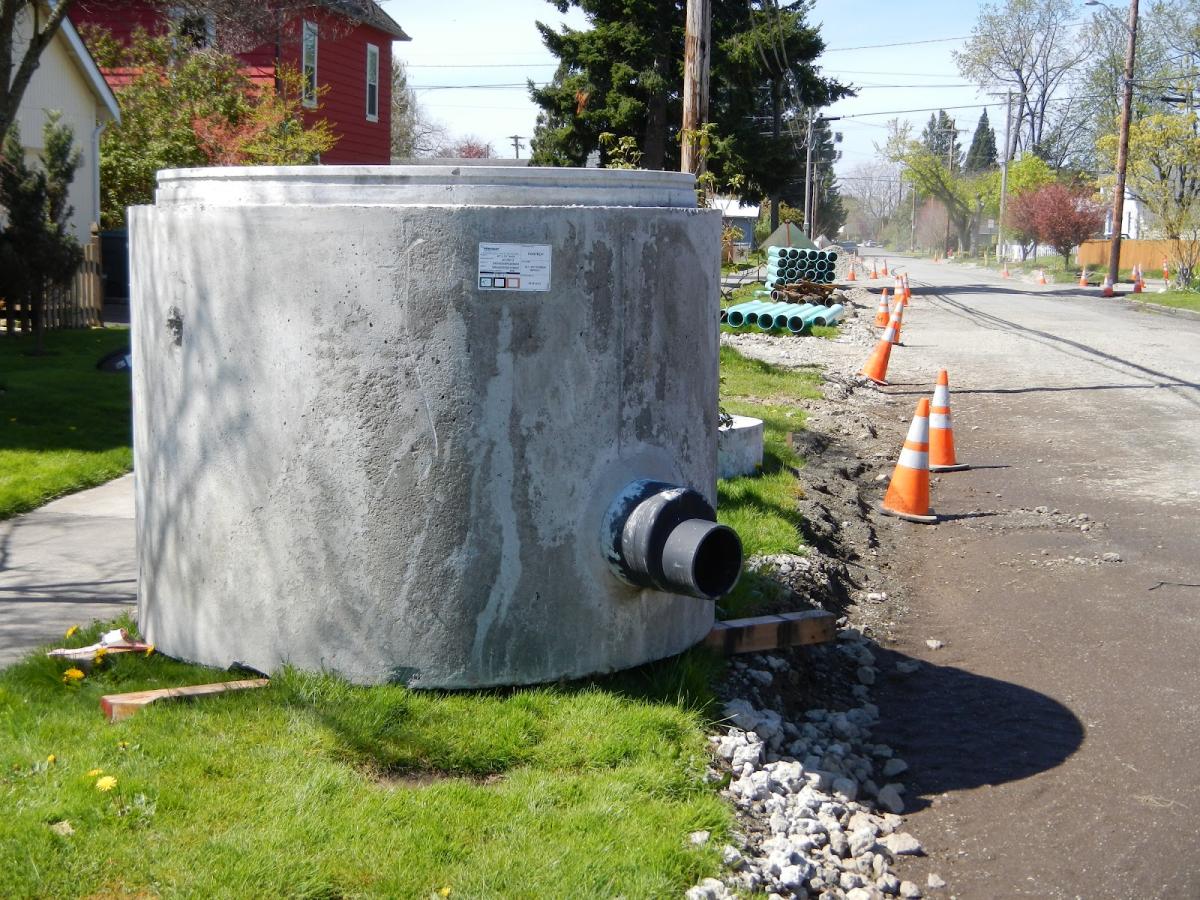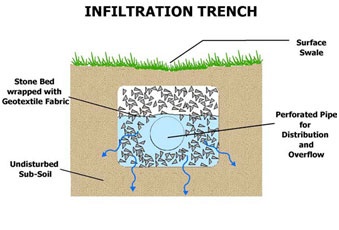New Times Calls for New Measures - Stormwater Infiltration

As expectation grows for the AEC industry to be more eco-friendly while satisfying government regulations, developers are now considering infiltration as part of their stormwater system.
 Stormwater Infiltration is currently part of a sub divisional ordinance in Pennsylvania which requires developers to explain why they are using traditional retention bases opposed to stormwater infiltration.
Stormwater Infiltration is currently part of a sub divisional ordinance in Pennsylvania which requires developers to explain why they are using traditional retention bases opposed to stormwater infiltration.
When using infiltration, the quality of land is considered to determine if stormwater infiltration is the best method to use. In, Springbrook Farms, district workers have been working hard to evaluate natural conditions in the planning of stormwater management systems.
“The biggest challenge was making sure that our site contractor understood what he was building”, explains Scott Campbell, Owner, Brownstone Real Estate Company Developer, Springbrook Farms, Inc.
“They have to understand that … when they build a home…they have to be careful of where they move their equipment and heavy trucks; because part of the Infiltration is being able to seep down into earth, and if you’re constantly running over the earth and packing it down…it doesn’t work”, Campbell adds.
Brownstone Real Estate Company, which represents the Springbrook Farms community, is using the Infiltration systems as a marketing feature for their developments.
Watch this YouTube video of Stormwater Control Using Existing Nature Resources to hear more about this story.
How Does It Work?
The new stormwater system works by collecting run-off water from blacktops, roofs, driveways, etc. in underground stormwater basins, rain gardens, or infiltration beds which helps water leak down further into the ground.
The unique thing about the the Springbrook Farm community is its stormwater infiltration management best practices. Every open area of the land is used for storm water management.
Read MS4 for Dummies to learn more about stormwater systems.
















































